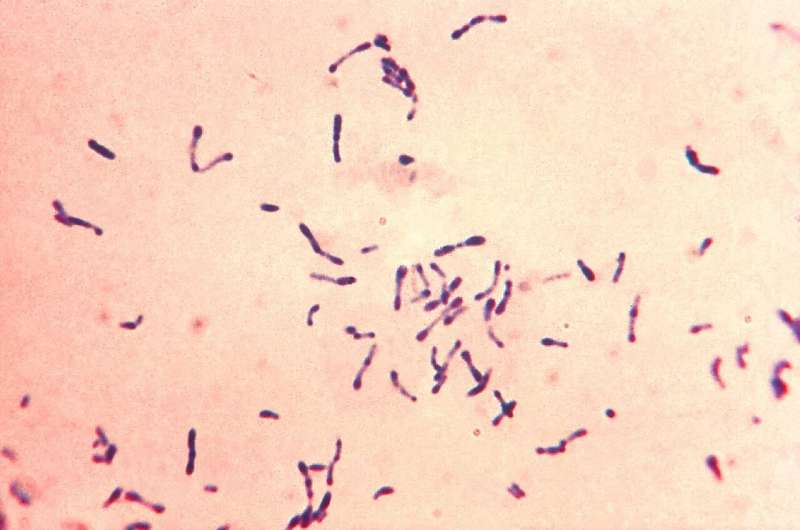Europe Faces its Largest Diphtheria Outbreak in Seven Decades

Europe is experiencing its largest diphtheria outbreak in 70 years, mainly affecting migrants and vulnerable populations. Experts stress the importance of vaccination and public health measures to control the spread of this contagious disease.
In an alarming public health development, Europe is experiencing its most extensive diphtheria outbreak in the past 70 years, primarily affecting vulnerable populations such as migrants and the homeless since 2022. Diphtheria, caused by the bacterium Corynebacterium diphtheriae, is a highly contagious infectious disease that targets the respiratory system. It can lead to severe complications, including a sore throat, fever, and difficulty breathing. If not promptly treated, especially in unvaccinated individuals, the disease can be fatal in approximately 30% of cases, with children being at higher risk.
Since 2022, there has been an unusual surge in diphtheria cases across several European countries. According to research published in the New England Journal of Medicine, 362 cases were initially recorded by the European Center for Disease Prevention and Control. Although contact tracing and screening efforts helped mitigate the outbreak, new cases continue to emerge, totaling 536 confirmed infections and three fatalities across Europe. Notably, the majority of these cases involved young males with a median age of 18, most of whom were recent migrants.
Investigation into the source of the outbreak suggests that transmission did not occur in the migrants' countries of origin but rather during their migration journeys or within accommodation facilities in Europe. Genetic analysis indicates a close relationship between the strains found in different countries, implying recent contact outside of the migrants’ countries of origin. Additionally, connections between the 2022 strains and those identified in Germany earlier this year suggest the bacteria is circulating subtly within Western Europe.
Experts emphasize that vaccination remains a highly effective measure in preventing diphtheria. The researchers advocate for increased immunization efforts targeted at vulnerable groups and call on European nations to improve access to vaccines and antibiotics. Raising awareness of the disease's symptoms among healthcare professionals and community workers, especially those interacting with migrants and the homeless, is also critical to controlling further spread.
This ongoing outbreak underscores the importance of vaccination programs and targeted public health strategies to protect at-risk populations from preventable infectious diseases. Continued vigilance and improved healthcare access are vital to prevent future outbreaks of diphtheria in Europe.
Source: https://medicalxpress.com/news/2025-06-europe-largest-diphtheria-outbreak-years.html
Stay Updated with Mia's Feed
Get the latest health & wellness insights delivered straight to your inbox.
Related Articles
Reforming the Process to Address Sexual Misconduct by UK Doctors: Experts Call for Major Changes
Experts call for major reforms in the UK’s system for addressing sexual misconduct by doctors to ensure fairer treatment, better victim support, and enhanced public trust.
Racial Variations in Tumor Collagen Structure May Influence Cancer Outcomes
Research uncovers racial differences in tumor collagen structure that may impact cancer prognosis, emphasizing the need for diverse clinical studies and personalized treatment approaches.



